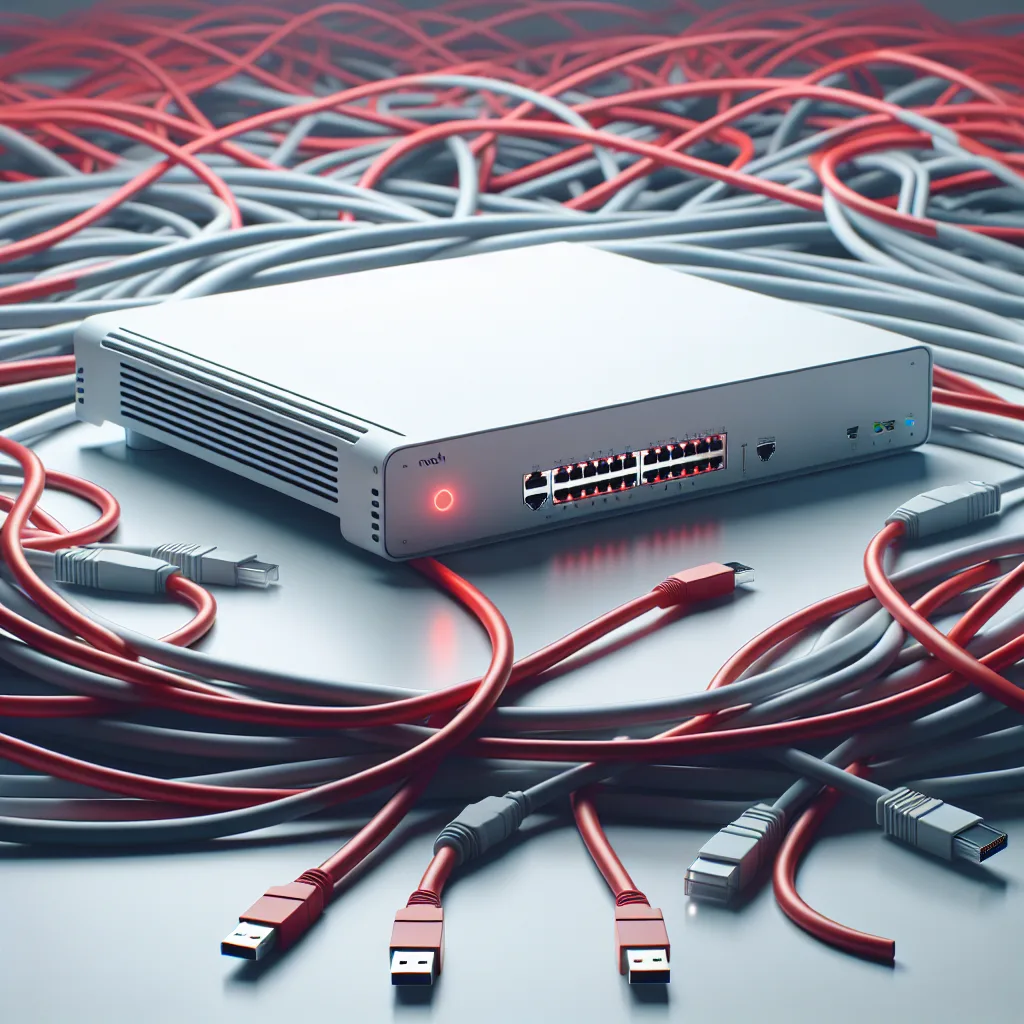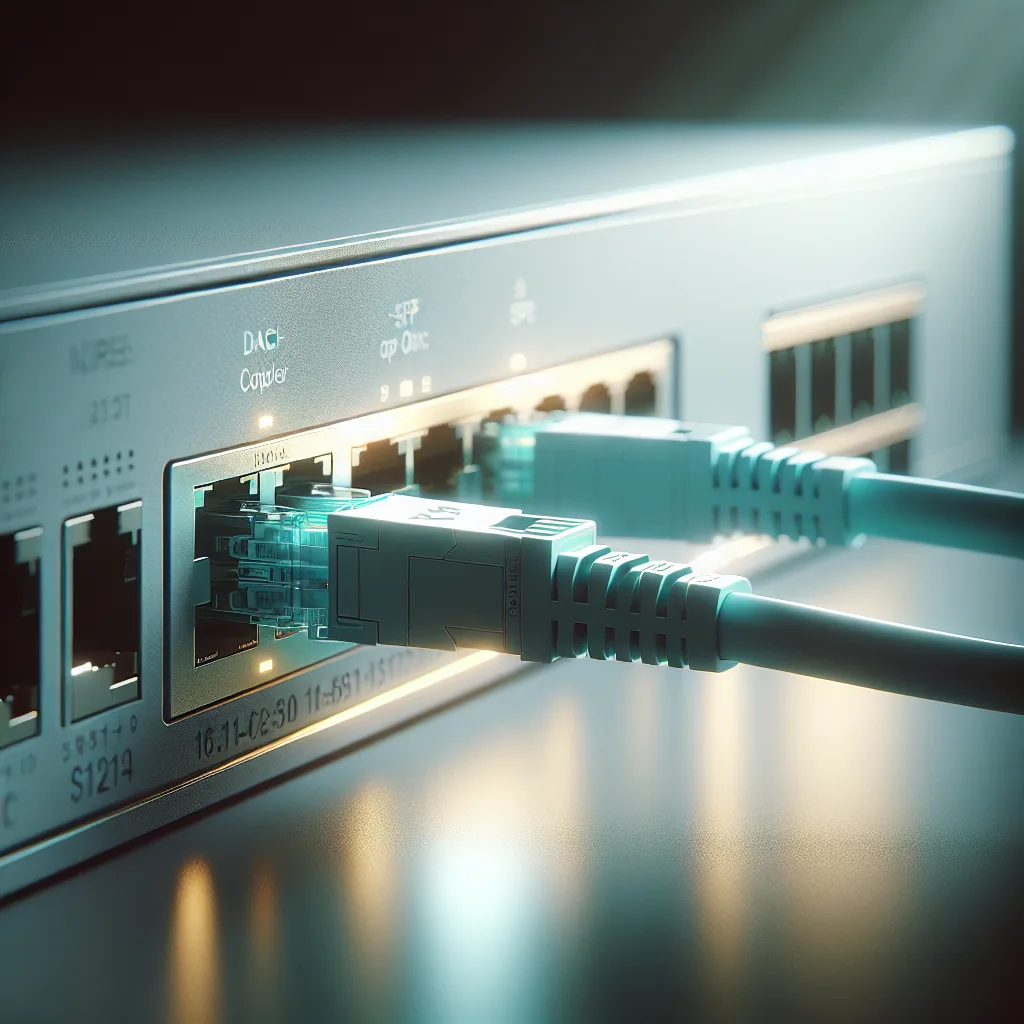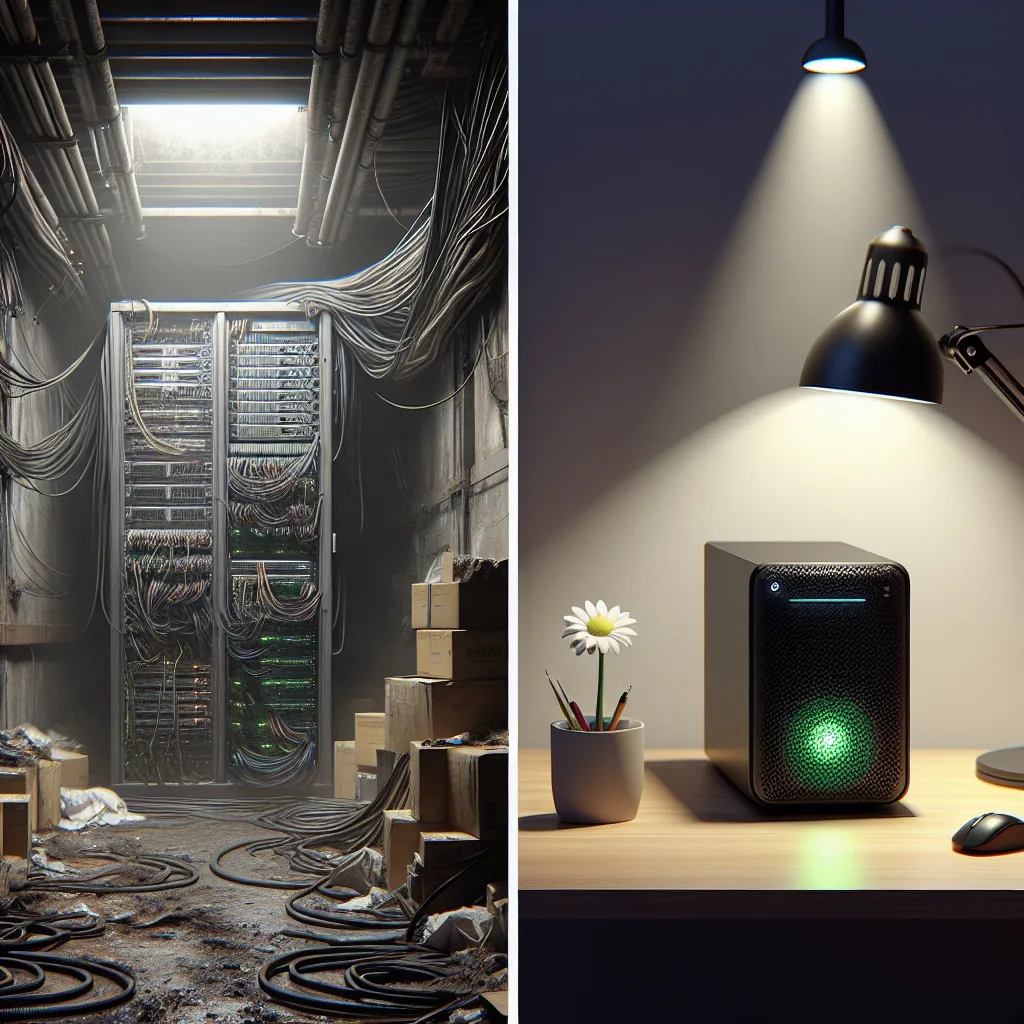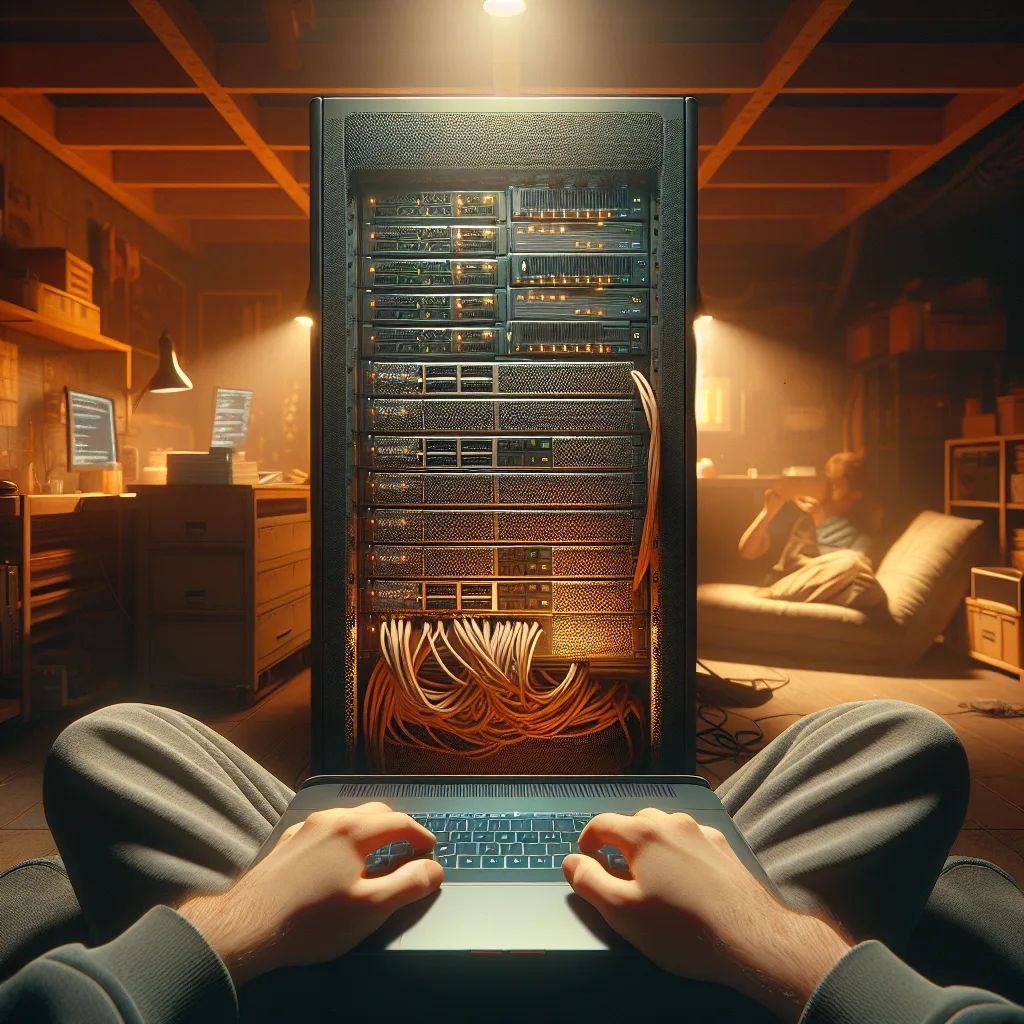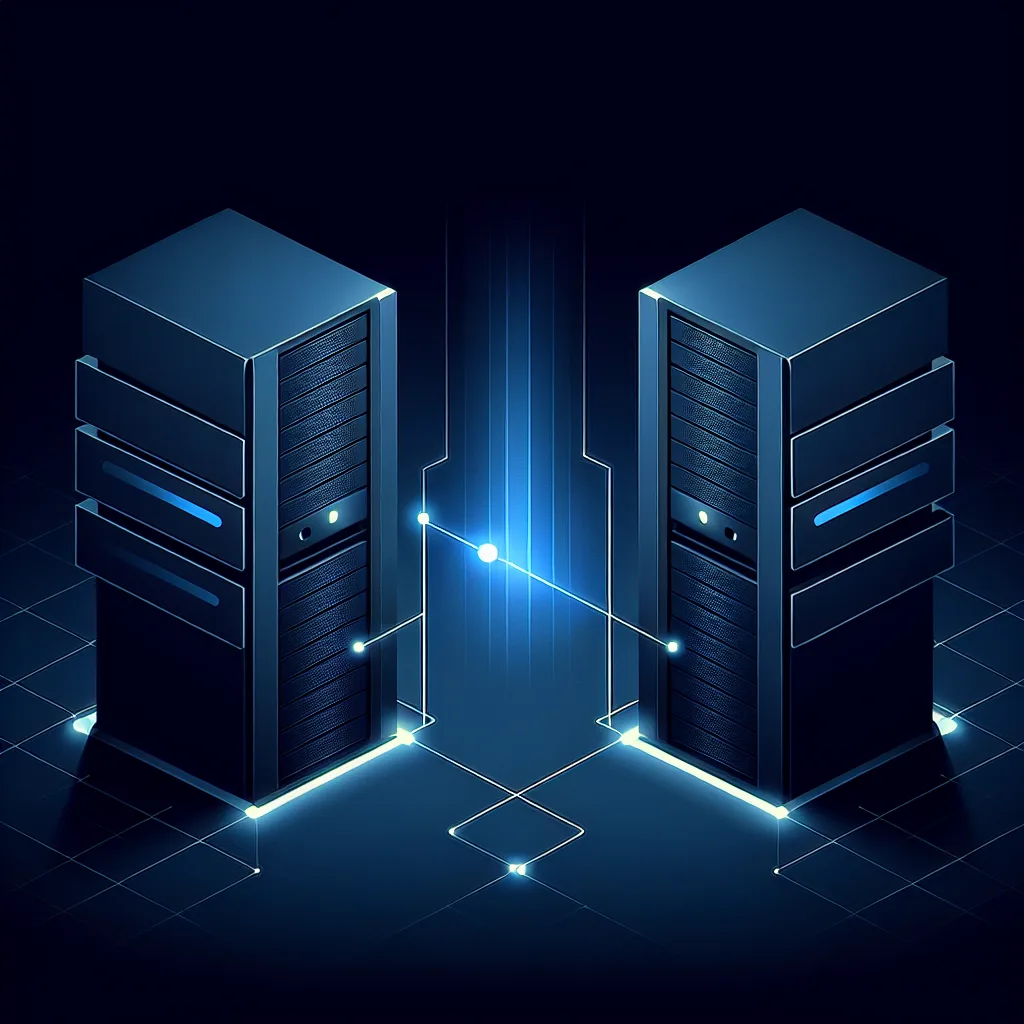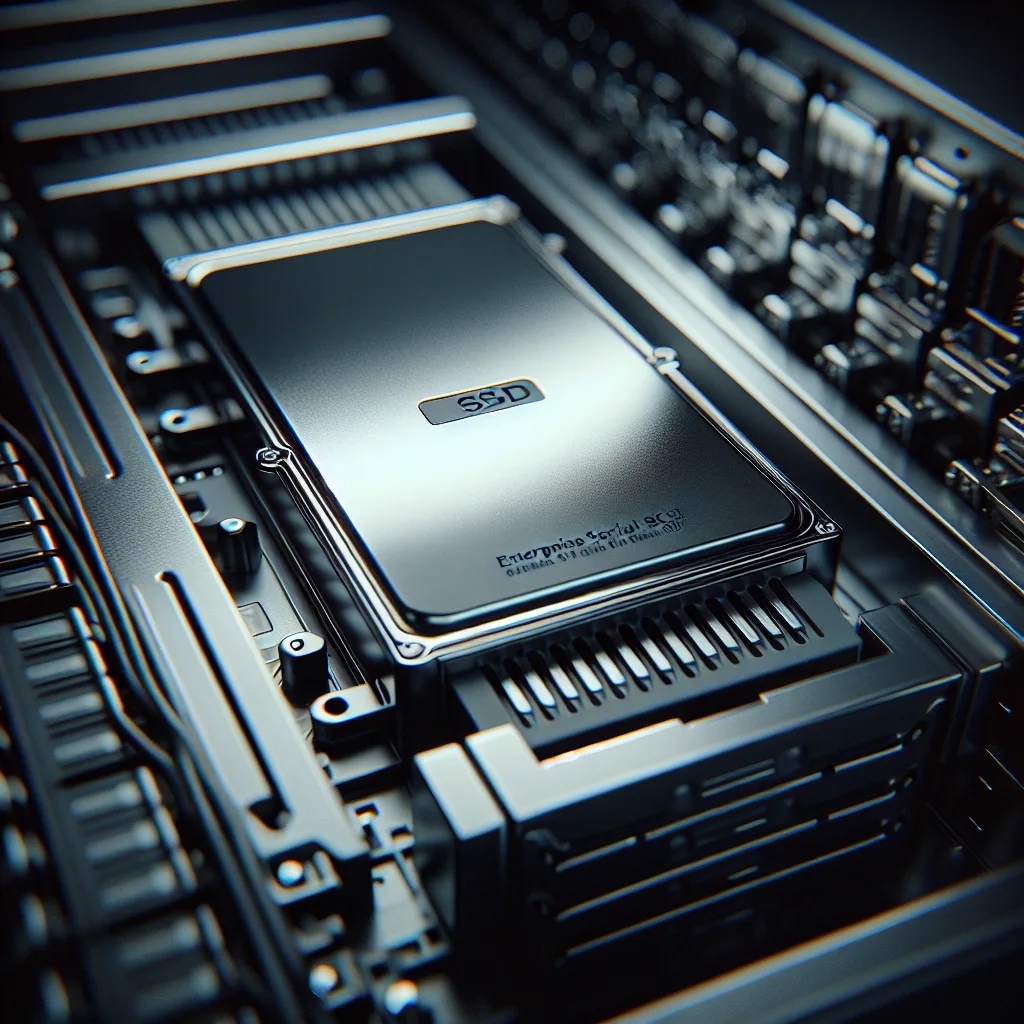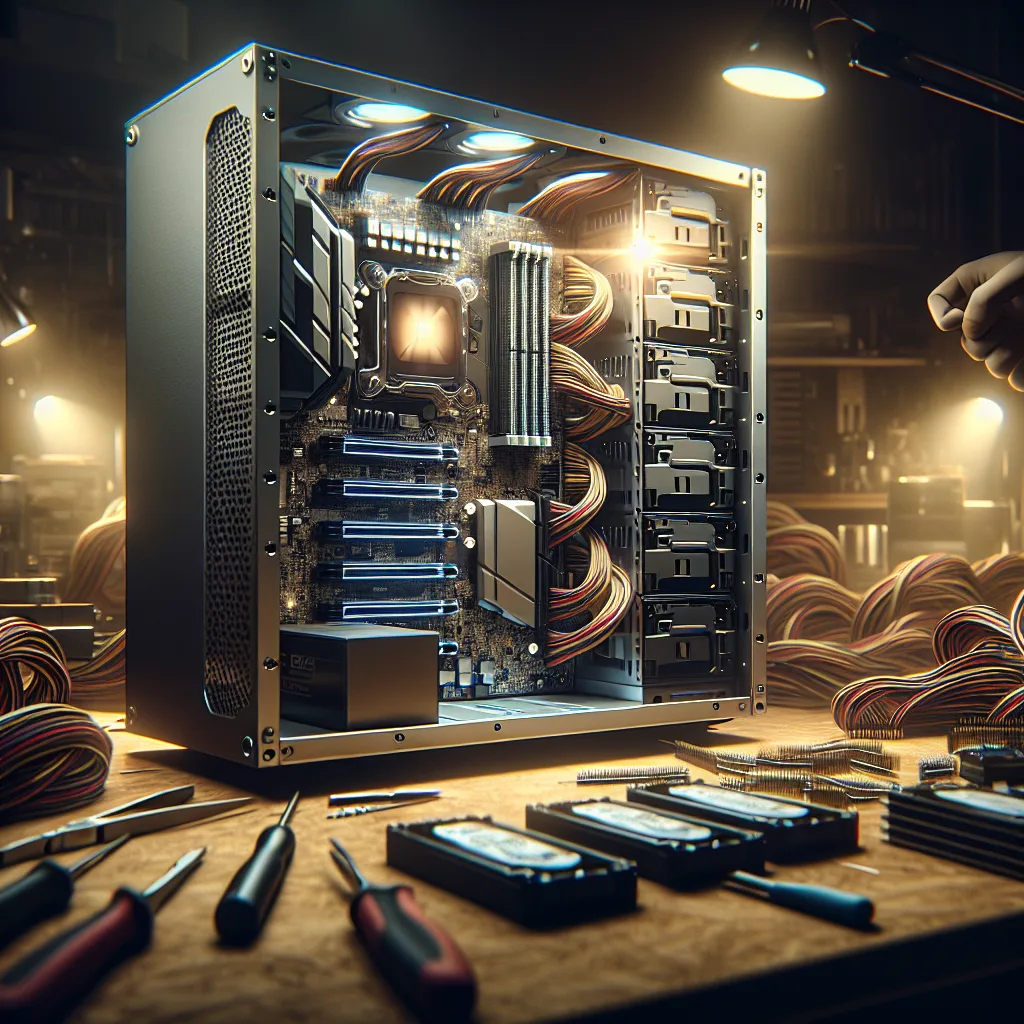A UDM Pro froze and went into a reboot loop. An RMA and a new device didn’t fix it. Here’s a look at what else could be the problem.
You know that feeling? The excitement of a new piece of tech arriving. You’ve done the research, you’ve clicked “buy,” and now the box is finally in your hands. For me, that was the Ubiquiti Dream Machine Pro, or UDM Pro. It’s a beast of a machine and the centerpiece for a lot of home and small business networks. I was ready to get my home lab humming.
But then, my excitement hit a wall. A hard one.
The First Freeze
After getting everything set up, things ran smoothly for a bit. And then, out of nowhere, it happened. The UDM Pro froze. Completely unresponsive. No network, no access to the controller, just… a brick with pretty lights.
I did what any of us would do: I turned it off and on again. It started to boot up, the little screen showing the familiar startup sequence, and then… it got stuck. A reboot loop. It would try to start, fail, and try again. Over and over.
Okay, deep breaths. This is tech. Stuff happens. I went through the standard troubleshooting playbook.
First, a soft reset. Nothing.
Then, the more serious factory reset. I held down that little button, hoping to wipe it clean and start fresh. Still nothing. The same endless boot loop.
At this point, you start to accept that you just got a dud. It’s rare, but it happens. The hardware must be faulty. So, I started the RMA process.
Hope in a Box
If you’ve never done an RMA (Return Merchandise Authorization), it’s basically the formal process of sending a faulty product back to the manufacturer. You explain the problem, they verify it, and they send you a replacement.
I sent my UDM Pro on its journey back home, and a few days later, a brand-new one arrived. The box was crisp, the device was flawless. It was a fresh start. All those initial setup frustrations were in the past. This new one would be perfect.
I plugged it in, went through the setup process again, and breathed a sigh of relief as my network came back to life. Everything was working. The problem was solved.
Or so I thought.
When Lightning Strikes Twice
Less than 24 hours later, it happened again.
The exact same problem. The network went down. The UDM Pro was frozen solid. And after a reboot, it was right back in that same cursed boot loop.
I was stunned. I mean, what are the odds? Getting one faulty device is unlucky. But two in a row, with the exact same failure? That’s not bad luck. That’s a pattern.
This is the point where troubleshooting takes a hard turn. The problem wasn’t the UDM Pro. It couldn’t be. The chances of two separate devices having the identical, rare hardware flaw were just too slim.
The problem was something else. Something in my setup. The UDM Pro wasn’t the cause; it was the victim.
Looking Beyond the Box
When a brand-new replacement device fails, you have to start looking at the environment. What is this device connected to?
So, I started a new investigation, and this is where I think the real lesson is. If you ever find yourself in a similar situation, here are the things to check:
- The Power Source: This is a big one. Is the outlet it’s plugged into clean? Is there a UPS (Uninterruptible Power Supply) that might be failing or providing “dirty” power? I took the original power cord that came with the UDM Pro and tried a different one. I also plugged it into a different outlet in a different room, bypassing my power strip and UPS entirely.
- Connected Peripherals: The UDM Pro isn’t an island. It’s connected to a dozen other things. Could one of them be the culprit? A faulty SFP module, for example, could potentially cause the whole system to crash. A bad Ethernet cable with a short in it? Maybe even a downstream switch that was sending bad packets? I began unplugging everything except the bare essentials.
- The Configuration: This was a sneaky one I almost missed. When I set up the second UDM Pro, I restored it from a backup I made of the first one. It’s convenient, right? But what if that backup file was corrupted? What if there was some weird setting I enabled that was causing this specific crash? For my next attempt, I decided not to restore from a backup and to set everything up manually, from scratch.
It’s a frustrating process. It turns a simple hardware swap into a full-blown detective story. But it’s a critical shift in thinking for anyone who runs their own tech. Sometimes, the shiny new box isn’t the problem. You have to look at all the messy, boring cables and configurations around it.
It’s a humbling reminder that in a complex system, the point of failure isn’t always the most obvious one.
